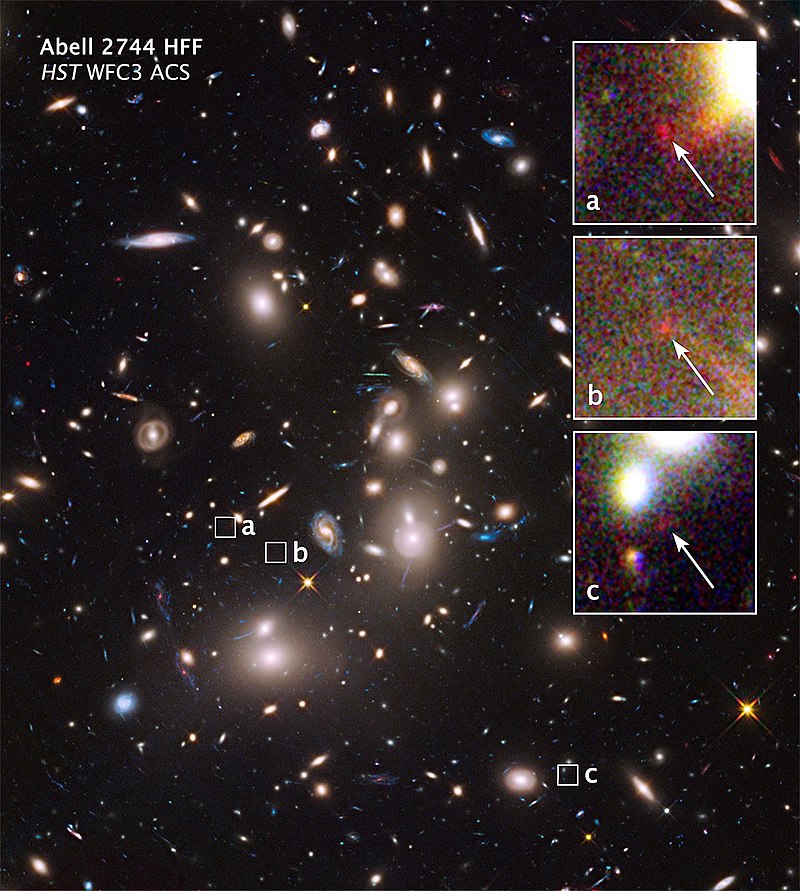Reading this article I was puzzled by the Hubble Telescope footage be so neatly close to the animated illustration leaving no room for reality. Though the article title and content is focusing on the universe expansion rate faster than expected and also on techniques used to measure the expansion rate, this seemingly total match-up of animated illustration and footage looks so glaring or.... could be i'm missing something. I'd like to trust scientists and leave that trust intact, hence i'ill go with "i'm missing something"
Animated illustration of how gravity of a galaxy bends light to give the illusion of multiple images
The animated diagram indicates there are four (conveniently like corners) rays coming from the distant quasar and bent by the gravity of the galaxy. While I completely see why the animation is like that (to be able to conceptually demonstrate how space warp works), in reality of space (a roughly symmetrically roundish spiral galaxy) there should be no left or right, no up or down, so in the real Hubble footage, there should be a continuous quasar light bending by the galaxy and thus instead of four corner light quasars, they should be continuously overlapping and hence the resultant would continuously overlap so much, it should appear as one - much bigger- roundish quasar.
Bearing in mind (though there are a couple of artist impressions in the article) this particular image is NOT an artist impression, it is said to be actual Hubble footage/imagery. So how come what emerges now looks similar to the animated illustration (created to make the concept understandable)?
I have, long ago, stopped saying scientists are wrong. These days I'd rather give them the benefit of doubt and rather say an explanatory gap is missing that needs to be plugged. Though... can't see how to plug the gap yet













